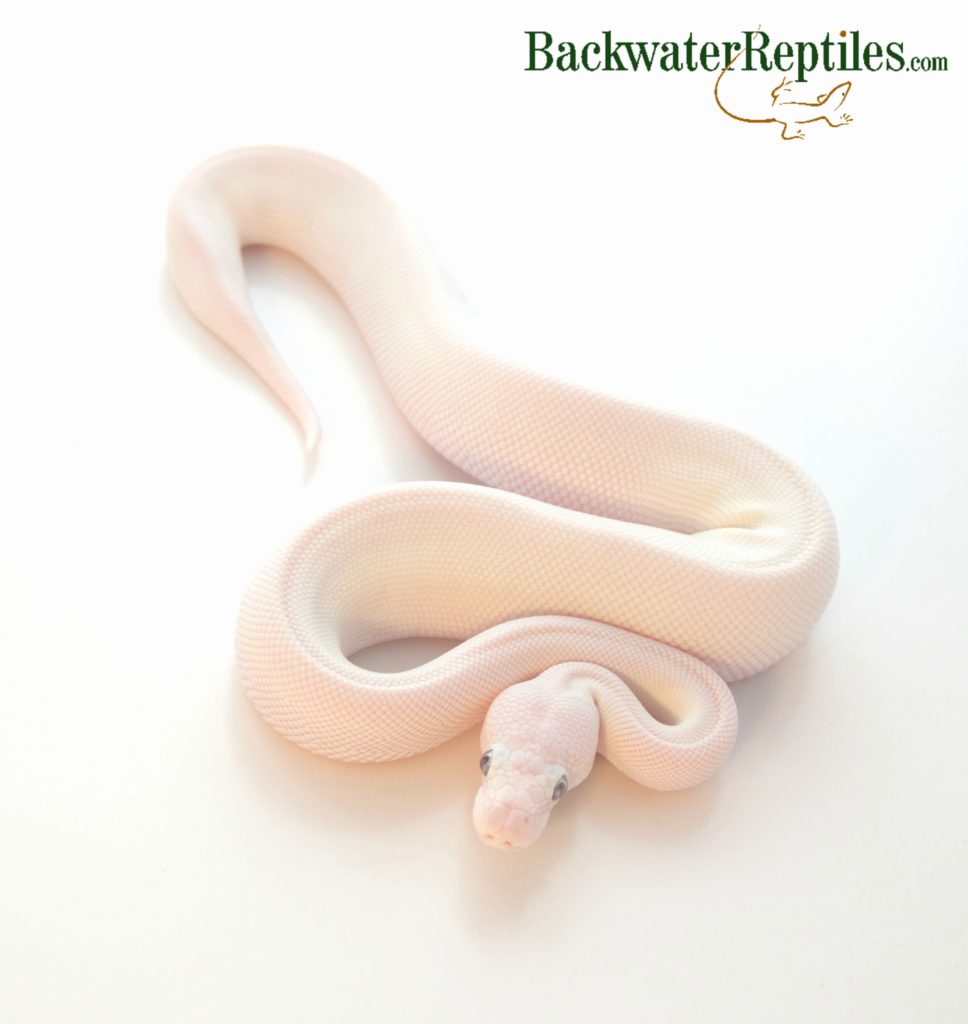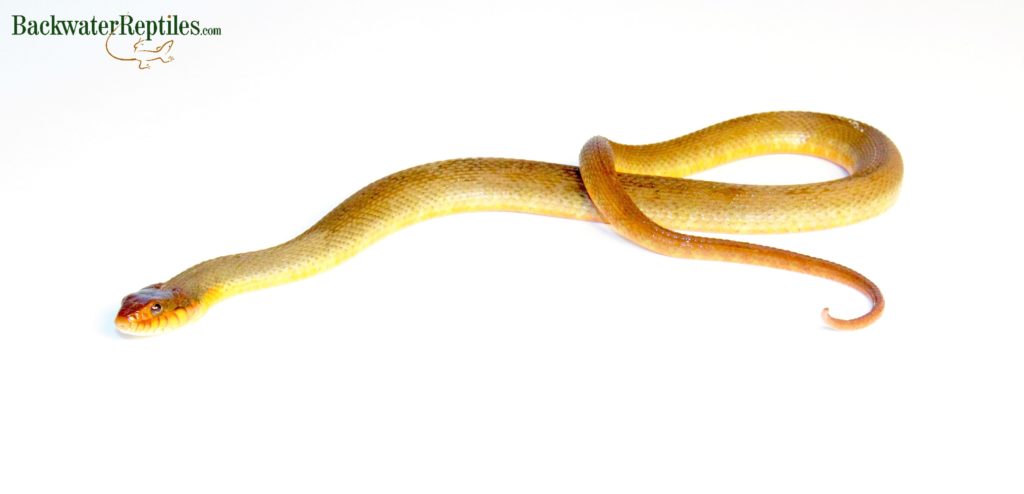What do snakes eat? Do they all eat the same thing? What should I feed my own pet snake?
Unlike other reptiles, snakes as a whole tend to eat the same types of things – other living creatures. No snake species is vegetarian. The types of food that snakes eat varies but primarily includes: rodents, fish, small reptiles and amphibians, and insects.

What do constrictors eat?
The group of snakes dubbed constrictors are the species that squeeze their prey to death before eating. The snake first wraps its coils around its prey and then each time the prey exhales, it tightens its grip, causing its prey to eventually suffocate. Snakes that constrict include but are not necessarily limited to boas, pythons, anacondas and many colubrid species.
In captivity, most constrictors eat rodents. In fact, there are entire refrigerators full of frozen mice and rats in pet stores that are just for reptiles like snakes. Some pickier snakes will only eat live rodents, although we always recommend using frozen rodents if possible. It’s simply safer, more sanitary and less hassle for both owner and snake.
In the wild, constrictors will capture and eat mice, rats, shrews, voles, squirrels and other small mammals. The tropical and arboreal constrictor species tend to eat whatever they can catch including birds, mammals and other reptiles.

What do aquatic snakes eat?
When we speak of aquatic snakes, we are really only referring to a select few species such as elephant trunk snakes, sea snakes and water snakes.
Sea snakes are highly venomous and not kept in captivity, however they eat fish, fish eggs and eels.
Other aquatic species eat aquatic or semi-aquatic fare. Feeder frogs, feeder fish and crayfish are all options when keeping aquatic snakes as pets.
Be advised that aquatic snakes should not eat rodents and we do not recommend trying to feed these kinds of snakes mice or rats.

What do very small snake species eat?
Some species of snake are very small and all the previous prey items mentioned are simply too large for them to eat. Small snake species that are commonly kept as pets include Bimini blind snakes, ringneck snakes, baby Dekay’s snakes and baby ribbon snakes.
Tiny snakes eat tiny food. In captivity, tiny food is typically invertebrates of some sort. Crickets, nightcrawlers, roaches and mealworms at their smallest life cycle phase are definitely all commonly used food items.

What should I feed my own pet snake?
In general, if you are buying a pet snake and wondering what it eats, the answer is very likely to be mice. Most snakes will thrive on a diet of frozen/thawed rodents of the appropriate size. For instance, at the Backwater Reptiles facility, we feed our ball pythons, boa constrictors, king snakes, corn snakes, milk snakes and rat snakes mice…and that’s just naming broad categories!
There are a few other snake species that commonly eat food other than rodents. For instance, ribbon snakes and garter snakes both eat prey such as frogs, insects, lizards and fish.
Hognose snakes will often eat mice in captivity, but if they prove to be a picky eater, it’s because they typically eat toads and frogs in the wild. One wacky tip that actually works if you have a picky hognose snake is to “scent” mice by rubbing them with a toad or frog. You can also try soaking a thawed rodent in tuna water.
Another popular snake species is the green snake. These snakes are primarily insectivores in the wild and make great pets for people who want a snake that doesn’t eat rodents. You can feed your green snake the same diet they’d eat in the wild – grasshoppers, crickets, worms, caterpillars, snails, small frogs and feeder lizards.
Very large snakes are another specialty feeder. All of the snakes that grow to enormous sizes are constrictors. Anacondas, Burmese pythons and reticulated pythons that are mature will all require larger prey. Usually they eat rabbits, but some owners have found the giving them multiple feeder rats in a single feeding session also works.

Finally, we feel that egg-eating snakes deserve a mention on this list. Their common name actually gives away what their food of choice is – eggs! However, please keep in mind that egg-eating snakes usually eat small bird eggs like quail or finch eggs. An egg out of your refrigerator won’t cut it.

Conclusion
Most pet snakes eat rodents. Most will also thrive on a diet of frozen/thawed rodents. However, if you are going to own a pet snake that is known to eat mice, we do advise that you be prepared to feed it living rodents in the event that it is a picky eater.
There are other species of pet snakes that don’t eat mice. These include water snakes, egg-eating snakes and other specialty species.
Ultimately, no matter what your pet snake eats, it doesn’t need to eat every day the way that mammals do. Snakes have much slower metabolisms and therefore usually only need to be fed once a week or so. We always advise that you research your pet of interest before purchasing to be sure that you are prepared to care for its needs, including its diet.




